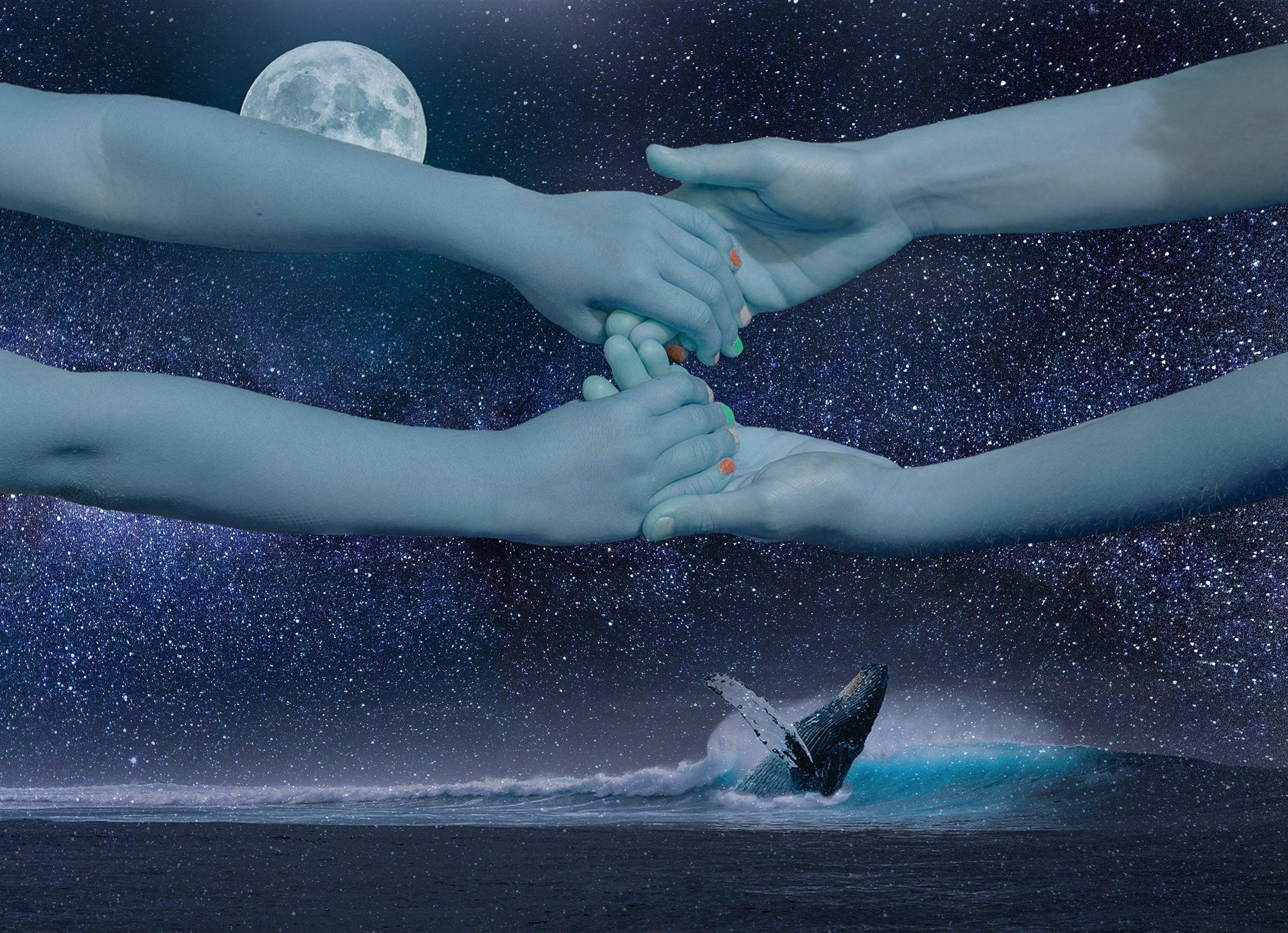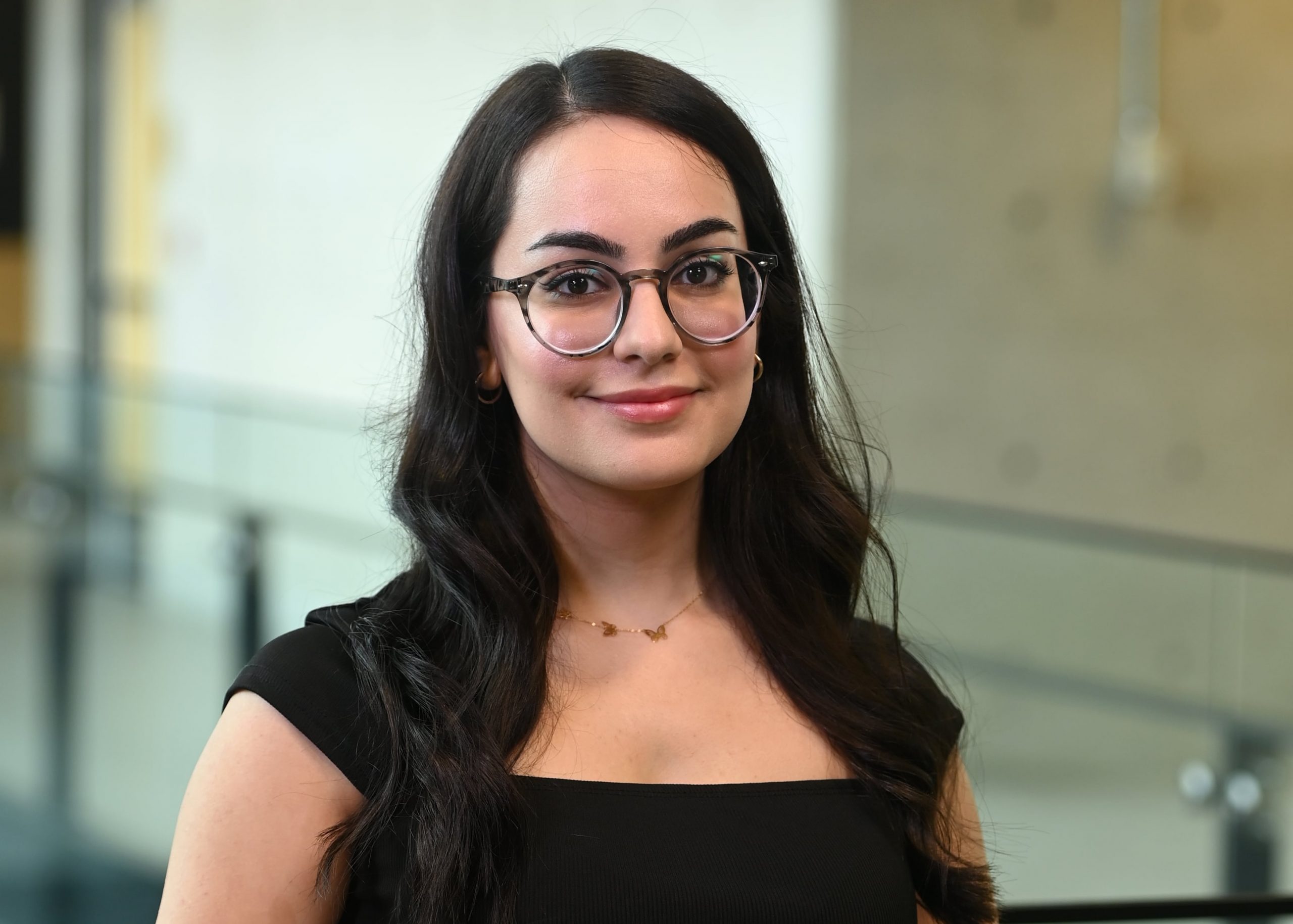
What do we owe each other? What do we owe the whales?
This year, and the pandemic that will go down in history as its defining feature, has forced us to grapple with that first question like never before. Personal liberties and the collective good seem to be clashing no matter where you look: in grocery store aisles devoid of toilet paper, on planes where mask-less passengers spew vitriol as they’re escorted off, in the U.S. where 74 million of my fellow Americans voted (unsuccessfully!) to re-elect Donald Trump. It’s enough to shake your faith in people, to blur the path out of this pandemic abyss.
In one of my first blog posts, I wrote about how I find it comforting to think about the whales when faced with the often harsh reality of our new normal. Here, in my final OpenThink blog, I want to talk about why.
In some ways, studying sperm whales is like holding a mirror up to the human experience. Sperm whales have culture. They have traditions, dialects, ways of being that are passed down through generations. They live in close-knit families, where family members spend time together, babysit and nurse each other’s calves, and protect each other. As the largest toothed animal on the planet, their predators are few but formidable: orcas and, of course, humans.
In one harrowing account, researchers watched more than 30 orcas attack a family of nine sperm whales over the course of four hours off California. The sperm whales’ primary defensive strategy was to orient in a rosette formation, with their heads facing inward, towards each other, and their tails facing outward, beating against the onslaught. As observed by the researchers, “When the killer whales were successful in pulling an individual [sperm whale] out of the rosette, one or two sperm whales exposed themselves to increased attack by leaving the rosette, flanking the isolated individual, and leading it back into the formation.”
Oftentimes, sperm whales that are being attacked will form rosettes around calves, presumably because the center of the rosette is the safest place to be. This clear drive to protect young whales was exploited by early whalers, who would often intentionally wound but not kill a sperm whale calf because they knew the adults in the family wouldn’t abandon it, even at the steep cost of their own lives.
It’s hard to read these accounts without feeling empathy towards the whales. At the risk of anthropomorphizing, they seem to value family—to even be willing to die to protect theirs. Since a moratorium on whaling went into effect in 1986, sperm whales are no longer actively hunted like they were during the heyday of commercial whaling. But the whales are still dying. And we’re still the ones killing them.
So, what do we owe each other?
We owe it to each other to be the kind of people and society and planet who do everything in our power to help the natural world flourish, not just because of what we stand to gain or take from it, but for the simple fact that we are not the only creatures on this planet with a right to life. That means systematic and structural change. It means valuing the collective good. And it means holding ourselves, our corporations, and our governments responsible for the proper stewardship of this planet.
And the whales? What do we owe them?
We owe the whales the chance to live out their lives peacefully, share their traditions, and grow old with their family members. To forage without clogging their stomachs with plastic or ingesting man-made pollutants. To swim without being struck and killed by ships.
It’s easy to center ourselves in the narrative of 2020 and to focus on what we’ve personally lost. We’ve had a hard year—the hardest year for many. But there’s something to be said for looking beyond ourselves, for thinking about our human and non-human neighbors too.
For me, it always comes back to the whales.
Image by Angela Yuriko Smith from Pixabay










